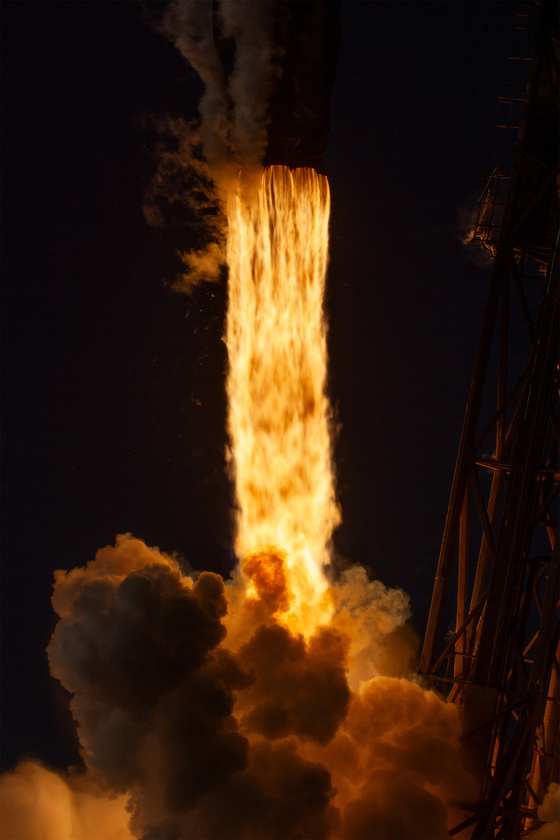Researchers in the Netherlands, after a landmark 15-year study, conclude that overwhelming majority of gender-confused children grow out of that feeling by the time they are fully grown adults. This comes amid an aggressive propaganda campaign by LGBTQ activists who push for expansive availability of dangerous sterilizing drugs for children to 'change' their gender in the United States and other western countries.
The study which is one of the longest into the issue of gender in children, tracked more than 2,700 children from age 11 to their mid-twenties, part of the Tracking Adolescent's Individual Lives. They asked them every three years, their feelings about their gender.
The researchers, from the University of Groningen, asked participants to respond to the statement "I wish to be of the opposite sex" at six different points over 15 years, with multiple choice: 0-Not True, 1-Somewhat or Sometimes True, and 2-Very True or Often True. This was done every two or three years from the start of the study in March 2001 until the end.
The study found that overall 78 percent of people had the same feelings about their gender over the 15 years. Around 19 percent became more content with their gender and just about 2 percent became less comfortable. This lends credibility to the critics who say that feelings of gender non contentedness is just a phase for most kids.
Participants were also asked to evaluate their self-worth by rating how they felt about their physical appearance and self esteem.
According to the findings, females were more likely to report being unhappy with their gender and both increasing and decreasing "non-contentedness" were associated with lower self-reported self worth, more behavioral problems and an increase in emotional struggles.
The authors of the study published in the journal Archives of Sexual Behavior, finds that: "Gender non-contentedness, while being relatively common during early adolescence, in general decreases with age and appears to be associated with a poorer self-concept and mental health throughout development."
The researchers concluded: "The results of the current study might help adolescents to realize that it is normal to have some doubts about one’s identity and one’s gender identity during this age period and that this is also relatively common."
More Dutch experts in The Netherlands, have voiced their concerns over the potential adverse effects of puberty blockers and hormonal therapies for minors who wish to transition.
Aggressive LGBTQ activism in the past decade coincides with soaring rates of gender dysphoria, a clinical diagnosis different than gender non contentedness. An analysis of insurance claims conducted by Komodo Health found between 2017 and 2021, approximately 121,880 children aged six to 17 years old were diagnosed with the condition. In 2021, 42,000 were given the diagnosis, a 70 percent increase from 2020. And children under 18 years old now make up one-fifth of new diagnoses each year.
A report by the health data analytics firm Definitive Healthcare shows the rate of gender dysphoria increased in every state except South Dakota from 2018 to 2022 across all ages. In the US, 1.6million people ages 13 and older identify as transgender.
Activism around divisive LGBTQ issues and increased awareness on the part of doctors can partly explain the increase in transgender cases especially among the youth. Unlike other countries, such as the UK, there is no federal lower age limit for when children can get 'top' or 'bottom' operations in the US -- some Republican-led states have enacted laws banning such operations for children under 18.
President Joe Biden faced harsh criticisms recently, for declaring Easter 'Trans Visibility Day.' Conservative critics slammed the president for disrespecting the sacred day when Christians celebrate the Resurrection of Jesus Christ.















